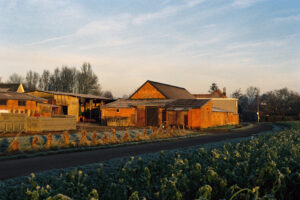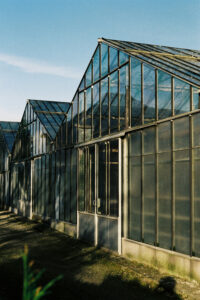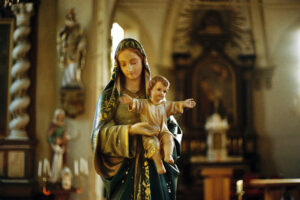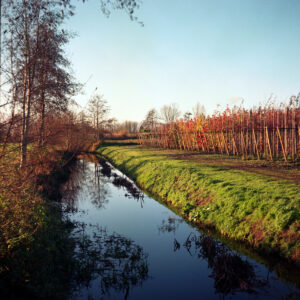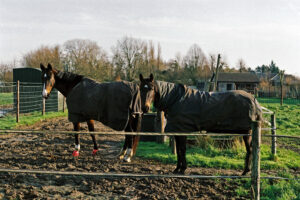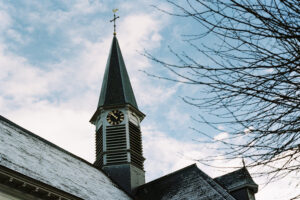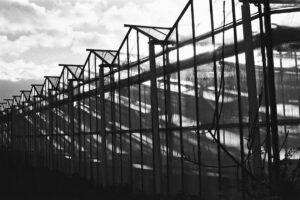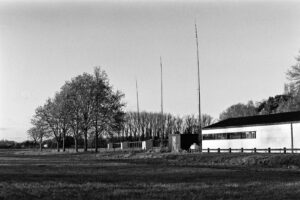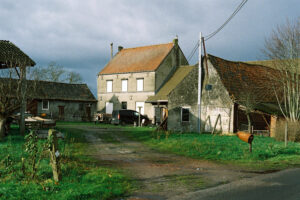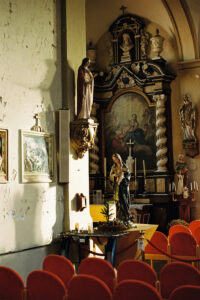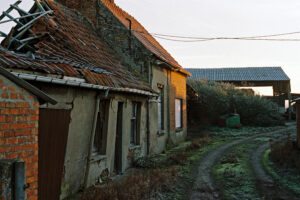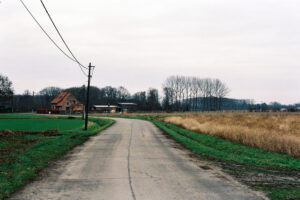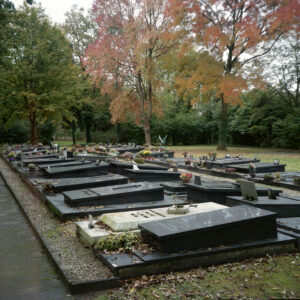HEIMAT
The word ‘heimat’ does not just refer to the place where you live, but to a place where you feel emotionally rooted, a cultural and spiritual home, narrowly tied to emotions of nostalgia, belonging, identity. For me, this is ten Ede, the Belgian hamlet where my family has lived for generations and where I grew up. It is my safe haven on this huge planet.
Ten Ede is a sleepy rural village, forgotten between fields, meadows and the Scheldt river. A church, a bakery, two butchers, two pubs, an archery club and a Sunday-league football team: that’s about it. A hamlet where time stood still for many decades, but which is now being swallowed up at an ever-increasing pace by the expanding Ghent agglomeration.
Inside the church, paint is peeling off the interior walls and there has been no priest or religious services for years. The beautiful vicarage is now a nursery. Of the dozens of small countryside farms in earlier days, fewer than five remain in operation, while the wooded area on the outskirts of the village is being rapidly devoured by one new villa project after another. In the village centre, meanwile, stately houses from the first half of the 1900s are disappearing to make way for modern copy-paste apartments.
I confess: this Heimat project was born out of the biting sadness I feel for this traditional, old-fashioned, carefree village soul that is fading away. But beyond that sadness, the real energy of this project is pure, undiluted love. Heimat is an ode to the remnants of a dearly cherished picturesque mini-universe that, until very recently, lied quietly forgotten by the entire world between fields, meadows and the Scheldt river.




